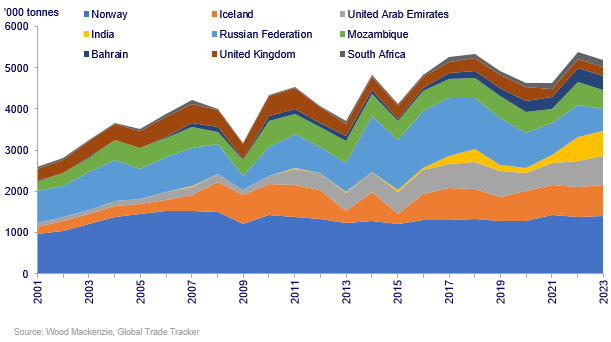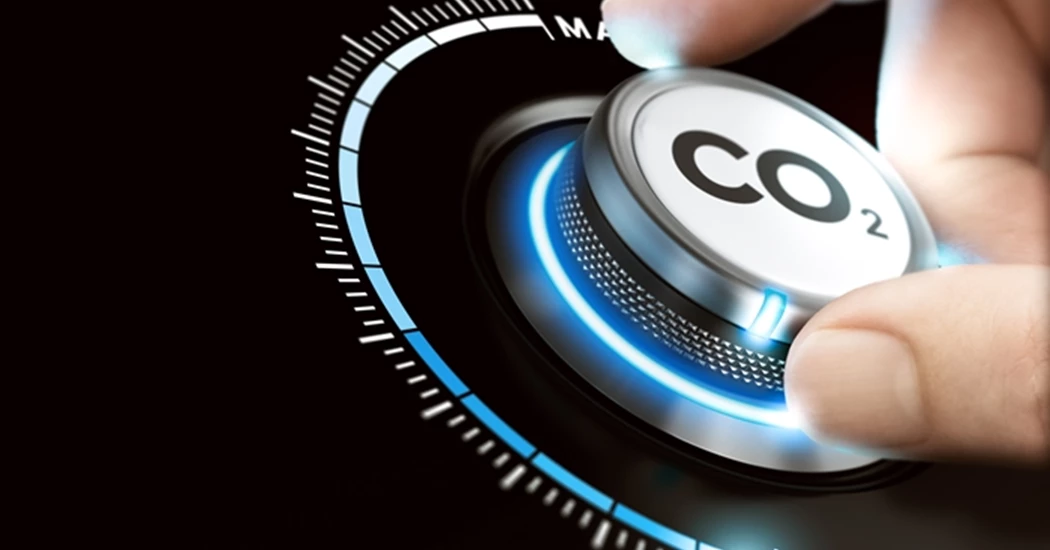EU carbon levy on primary aluminium won’t encourage decarbonisation, says WoodMac
The implementation of a Carbon Border Adjustment Mechanism (CBAM) by the European Union (EU) on the primary aluminium market would impact European producers disproportionately and drive up prices for consumers according to a new report by Wood Mackenzie.
The report ‘CBAM and aluminium: The devil’s in the detail’ states that in its current form the CBAM only takes into consideration the direct emissions from the respective smelter and does not include indirect emissions from power generation. This means that older European smelters would be impacted more than newer smelters elsewhere in the world.
Higher prices for consumers
“The implementation of the CBAM in the EU will inevitably lead to higher aluminium prices for EU consumers,” says Uday Patel, Principal Aluminium Analyst at Wood Mackenzie. “As it stands the CBAM will be ineffective and will penalise domestic producers and consumers of aluminium, without achieving its main objective.”
The report states that the high energy intensity of aluminium production means that the emissions generated during electricity generation are a major differentiator as to whether a particular source of metal is considered high or low carbon. In Europe most of the aluminium produced uses hydro-electric power sources while newer smelters elsewhere use gas and coal-fired power to produce metal.
Primary aluminium imports to the EU

This means that the CBAM using direct or indirect emissions produces vastly different outcomes for the carbon taxes that will be paid by EU and importing producers.
According to Wood Mackenzie, 2023 trade data shows low-carbon aluminium imports represented 49% of total EU imports. This figure includes Russia. Meanwhile, the share of imports from the Middle East and India was 26%, up from 15% in 2017. The continued inflow of metal from Russia was at risk from increasing sanctions. We expect European buyers to turn to other sources, including the Middle East and India.
If the CBAM was amended to include indirect emissions however, the report states that most smelters that produce aluminium using coal would be completely priced out of the market and many smelters using gas-fired power would see costs rise dramatically also.
Creating a bifurcated market
“The dilemma facing the introduction of an emissions levy in the EU to what is essentially a global market is clear,” Patel says. “It creates a bifurcated market where primary aluminium coming from coal and gas-fired power sources would seek alternative markets while aluminium with a lower carbon footprint would then be sold at a premium in the EU.”
The report concludes that indirect emissions will have to be included in the payment calculation period from 2026 onwards. Otherwise, there is little incentive for importing producers to lower their emissions. It adds that it is essential that other countries also follow the EU’s lead and introduce their own carbon pricing systems. Otherwise, European aluminium premiums risk decoupling from the rest of the world.
“For the EU, the cost implications are clear,” Patel says. “Whether it’s carbon taxes, reduced supply options or indeed both, the price of aluminium is likely to rise.”





